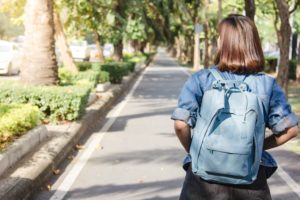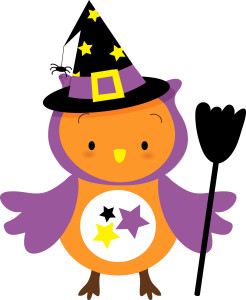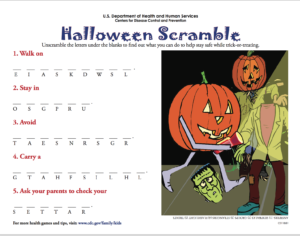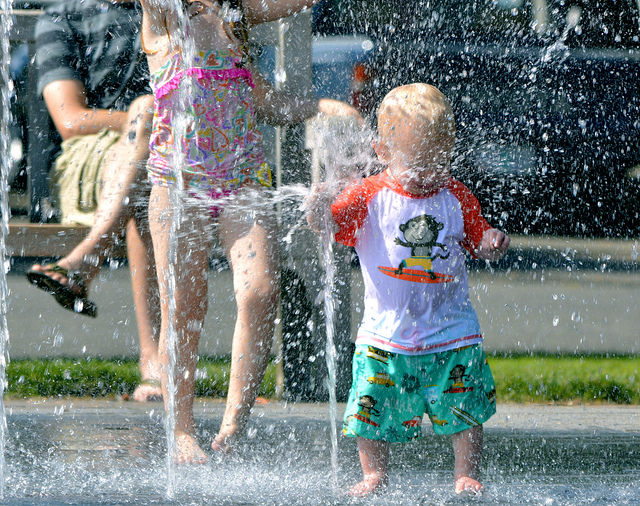These tips are not intended to scare you, but to make you aware of some simple things you can do to prevent being the victim of a crime.
- When you get into an Uber or Lyft, make sure the vehicle matches the description and the driver shown on your App.
- Keep your mobile phone charged, so you can use it if you need it.
- When riding on Metro, try to wait in well-lit areas where there are other people and try to get into a train car with other people, rather than being alone.
- Be very careful using outside ATMs at night or in unfamiliar surroundings.
- Tell someone where you’ll be and what time you’re supposed to return, or if you will be with someone you don’t know well.
- If you are meeting someone new for the first time, meet in a public place with lots of other people.
- Never give your home address to someone without your host family’s permission.
- Don’t overload yourself with packages or shopping bags.
- Don’t wear earbuds or headphones while walking or jogging.
- Don’t read or get distracted by your cell phone while walking or standing on the street.
- Pay attention to what is going on around you and be aware of people near you.
-
Be a good friend! If you think another au pair is not making smart decisions when you are out at night, be sure she gets home safely.


 We live in a time of constant sharing through social media. We often share pictures, plans of somewhere we are going or rants about problems, without thinking much about who will see it and what could be the consequences.
We live in a time of constant sharing through social media. We often share pictures, plans of somewhere we are going or rants about problems, without thinking much about who will see it and what could be the consequences.
 Halloween (or Hallow e’en) is a celebration
Halloween (or Hallow e’en) is a celebration 

